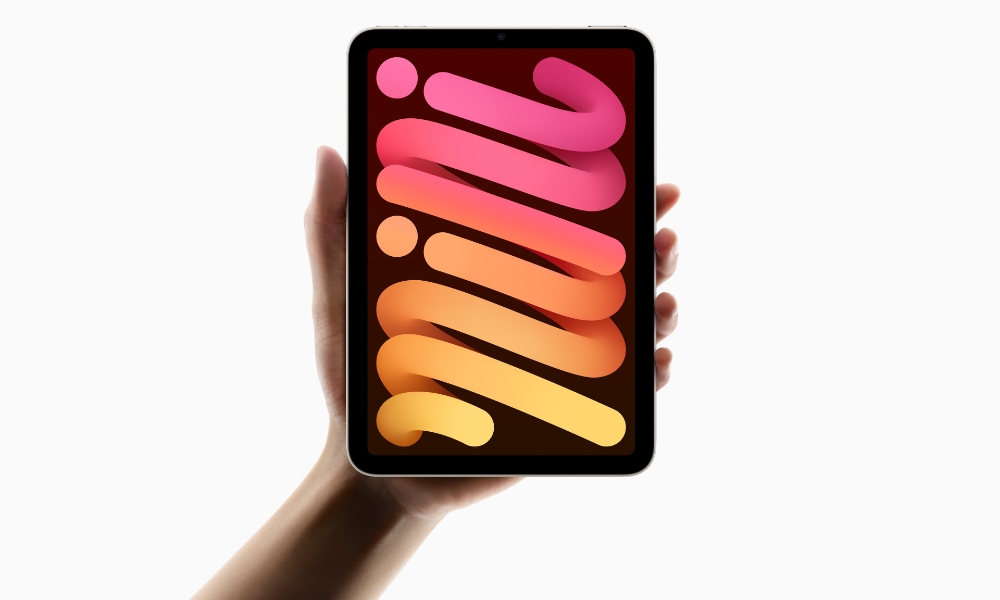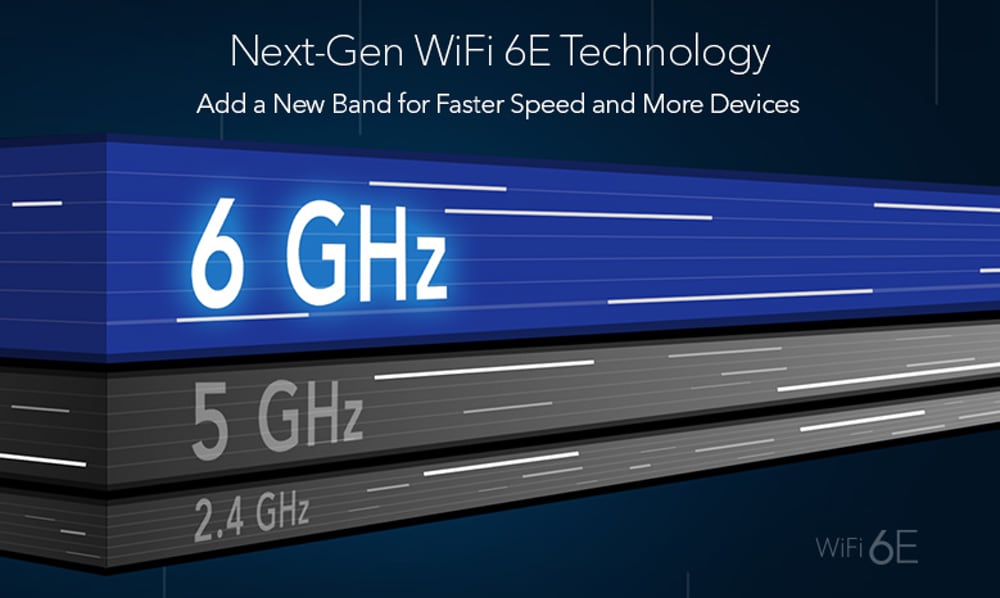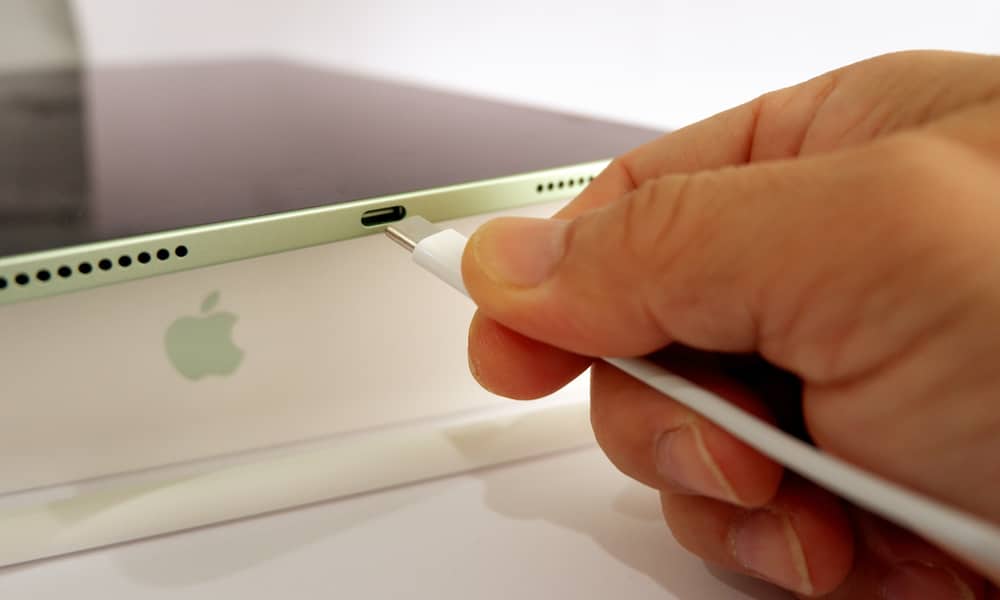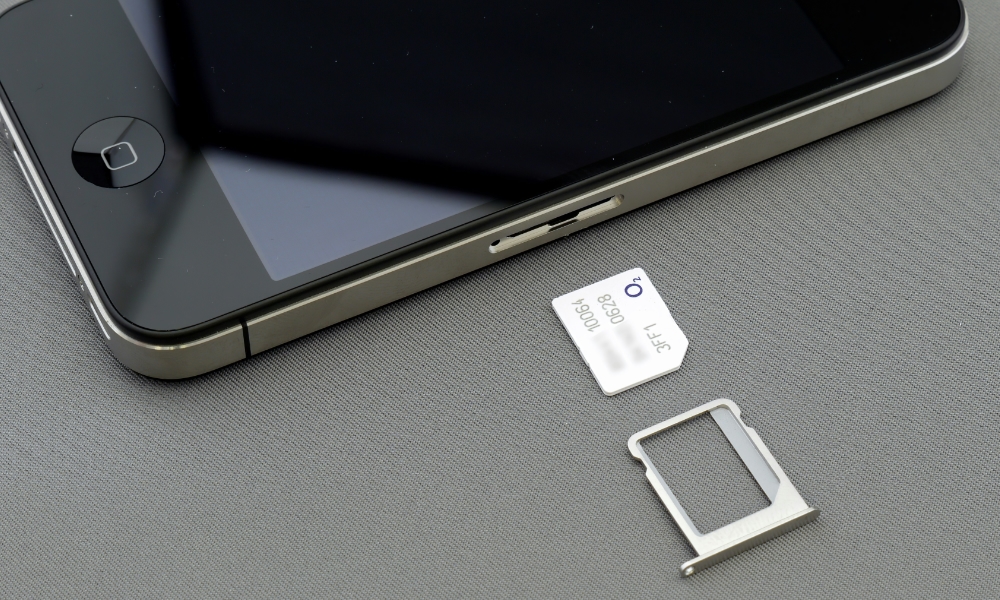5 Smaller Changes in the 2024 iPad mini (and iPad Air)

Toggle Dark Mode
Yesterday, Apple debuted its seventh-generation iPad mini, with a surprisingly mixed bag of updates for its smallest tablet. While there may be enough there for fans of the 8.3-inch size to hit the pre-order button, it’s also not the upgrade many were hoping for.
While the iPad mini will be getting Apple Intelligence support (eventually) thanks to the A17 Pro chip and (presumably) 8 GB of RAM inside, plus support for Apple’s latest stylus, the Apple Pencil Pro, neither of these seem like compelling upgrades when put up against everything that remains the same as its 2021 predecessor.
It’s been three years, and it’s disappointing that all Apple could come up with for its 8.3-inch tablet is a new chip and a stylus upgrade of dubious usefulness on such a small canvas. In the same time frame, we’ve seen the iPad Pro move from an M1 chip to the M4, adopt an OLED display, and get incredibly thin.
However, it’s also fair to say that we may have been expecting too much; the 2024 M2 iPad Air, which is effectively just a larger version of the iPad mini, is an equally minor update from its 2022 M1 predecessor. The 13-inch model was a nice addition to the family, but the 11-inch model remained almost entirely unchanged except for a new M2 chip and Apple Pencil Pro support. Technically, that could be considered even less of an upgrade since the 2022 model already supports Apple Intelligence.
In fact, this year’s iPad Air and iPad mini releases feature an almost entirely parallel set of upgrades from their predecessors. In addition to the new chips and Apple Pencil Pro support, here are a few of the smaller things that have changed in the new iPad mini (and the M2 iPad Air).
Storage Capacities
This year, Apple seems to have finally abandoned the notion that 64 GB is even marginally acceptable on a tablet — at least for its midrange models. We’ll have to wait and see if the 11th-generation iPad follows suit when it debuts, but the iPad Air (M2) and iPad mini (A17 Pro) now start at 128 GB and go up to at least 512 GB (the iPad Air also has a 1 TB version that the iPad mini lacks).
That’s a healthy improvement in base storage and a new option for those looking for even more storage capacity. The 2022 M1 iPad Air and 2021 iPad mini both only came in 64 GB and 256 GB versions.
Wi-Fi 6E
The 2024 iPad mini and iPad Air both got a bump to add Wi-Fi 6E support. This faster Wi-Fi technology came first to the M2 iPad Air in 2022 before it even hit any of Apple’s Macs and was limited to the iPhone 15 Pro and iPhone 15 Pro Max last year; although this year’s iPhone 16 lineup leapt ahead by embracing the latest Wi-Fi 7 standard, the iPhone 15 and iPhone 15 Plus now lag even further behind with only Wi-Fi 6 support.
Of course, you’ll need to be connected to a Wi-Fi 6E router for this to do you any good. Still, as long as you are, this will make a big difference when streaming or transferring large files on congested networks since you’ll be able to keep your traffic on a higher-frequency Wi-Fi 6E band that older devices can’t touch.
Faster USB
When Apple first switched its iPads to USB-C, it reserved the fastest USB-C transfer speeds for the iPad Pro models. Those got USB 3.1 Gen 2 transfer speeds of up to 10 Gbps right from the start in 2018. When the first USB-C iPad Air showed up in 2020, it only supported USB 3.1 Gen 1 with half the transfer rate (5 Gbps). The 2021 iPad mini followed suit.
It seems Apple wanted to ensure that it’s iPad Pro models remained the fastest USB-C devices on the market, as it wasn’t until those moved to 40 Gbps Thunderbolt ports in 2021 that Apple began increasing the speeds on the iPad Air and iPad mini. The iPad Air got its USB 3.1 Gen 2 boost with the M1 version in 2022, and the iPad mini now gets the same speed increase. This puts it on par with the iPhone 15 Pro and iPhone 16 Pro models, although the 2022 iPad and iPhone 16 lineup are still saddled with slower USB 2.0 (480 Mbps) speeds.
Say Goodbye to Physical SIM cards
If you opt for a cellular iPad mini, you’d better be prepared to move to an eSIM, since Apple has removed the physical SIM slot on that model — and, unlike the iPhone, it appears it’s done so globally.
This year’s iPad Air also made this change from its 2022 predecessor, as did the M4 iPad Pro. We expect physical SIM cards will soon go the way of the dodo on the next-generation iPad, although they’ll probably live on in international iPhone models for a while longer to maintain compatibility with carriers that haven’t yet fully embraced eSIM.
Smart HDR 4
While the new iPad mini has the same physical camera hardware as the iPad mini 6, the latest model brings Smart HDR 4 to the table. Since this feature was introduced on the iPhone 13 lineup, which featured the same A15 chip as the iPad mini 6, it’s unclear why it was lacking in Apple’s smaller tablet.
Along similar lines, the iPhone 15 Pro with the same A17 Pro chip supports Smart HDR 5, so it seems the iPhones have something else that the iPads don’t. The M2 iPad Air also received the same Smart HDR bump from its 2022 M1-powered predecessor, although the M1 iPad Pro was similarly limited to Smart HDR 3 when it was released in 2021.












